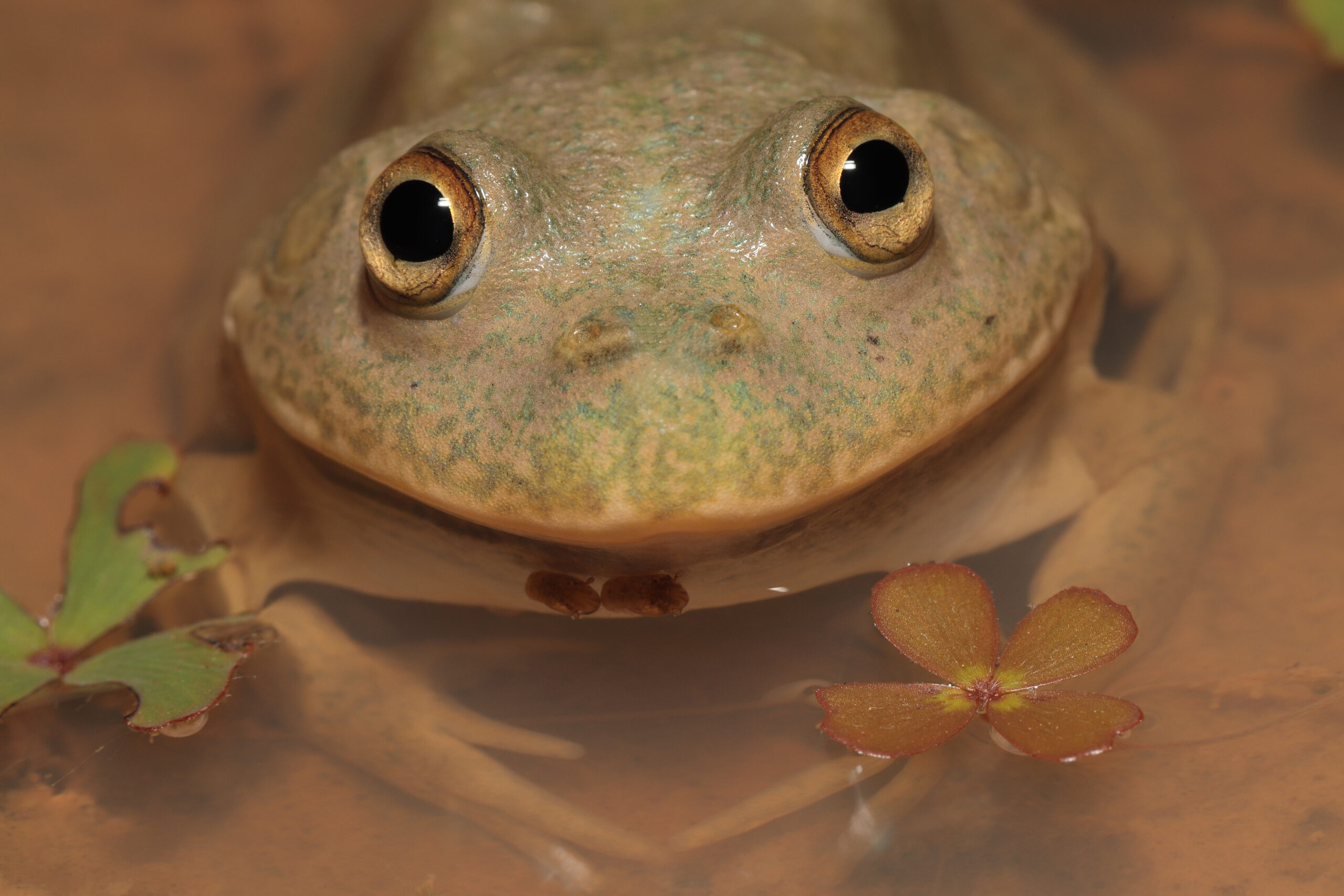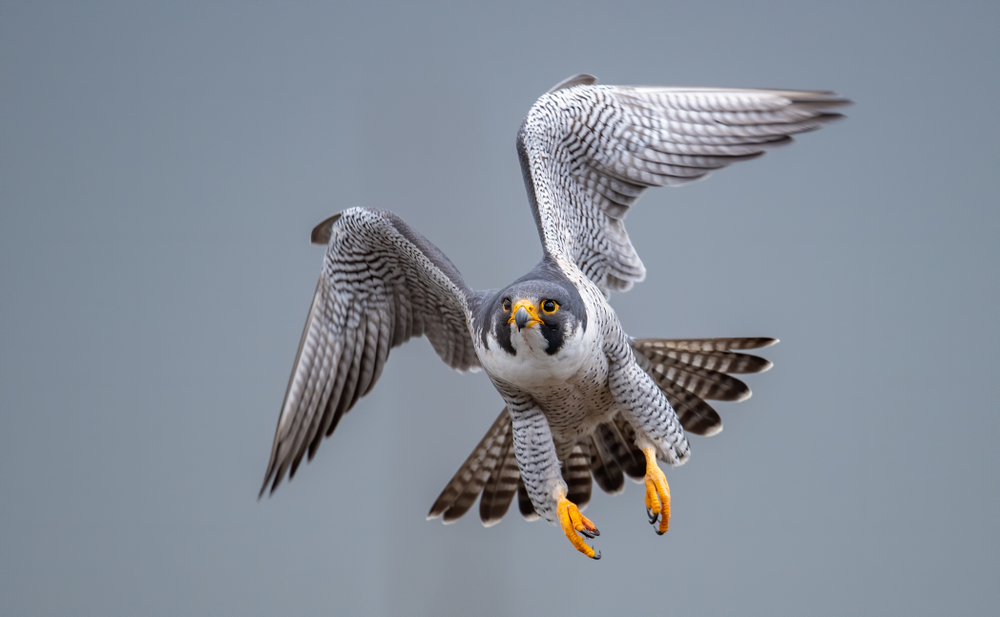| Common name | Dugite |
| Scientific name | Pseudonaja affinis |
| Type | Reptile |
| Diet | Carnivore |
| Average lifespan | Average of 6 years |
| Size | Up to 2 metres long, but averaging 1.5 metres |
With the fierce reputation as one of the world’s most deadly snakes, the dugite is well known in the southwest of Australia, where it can be found in urban and semi-rural areas on the hunt for its favoured prey, the common house mouse.
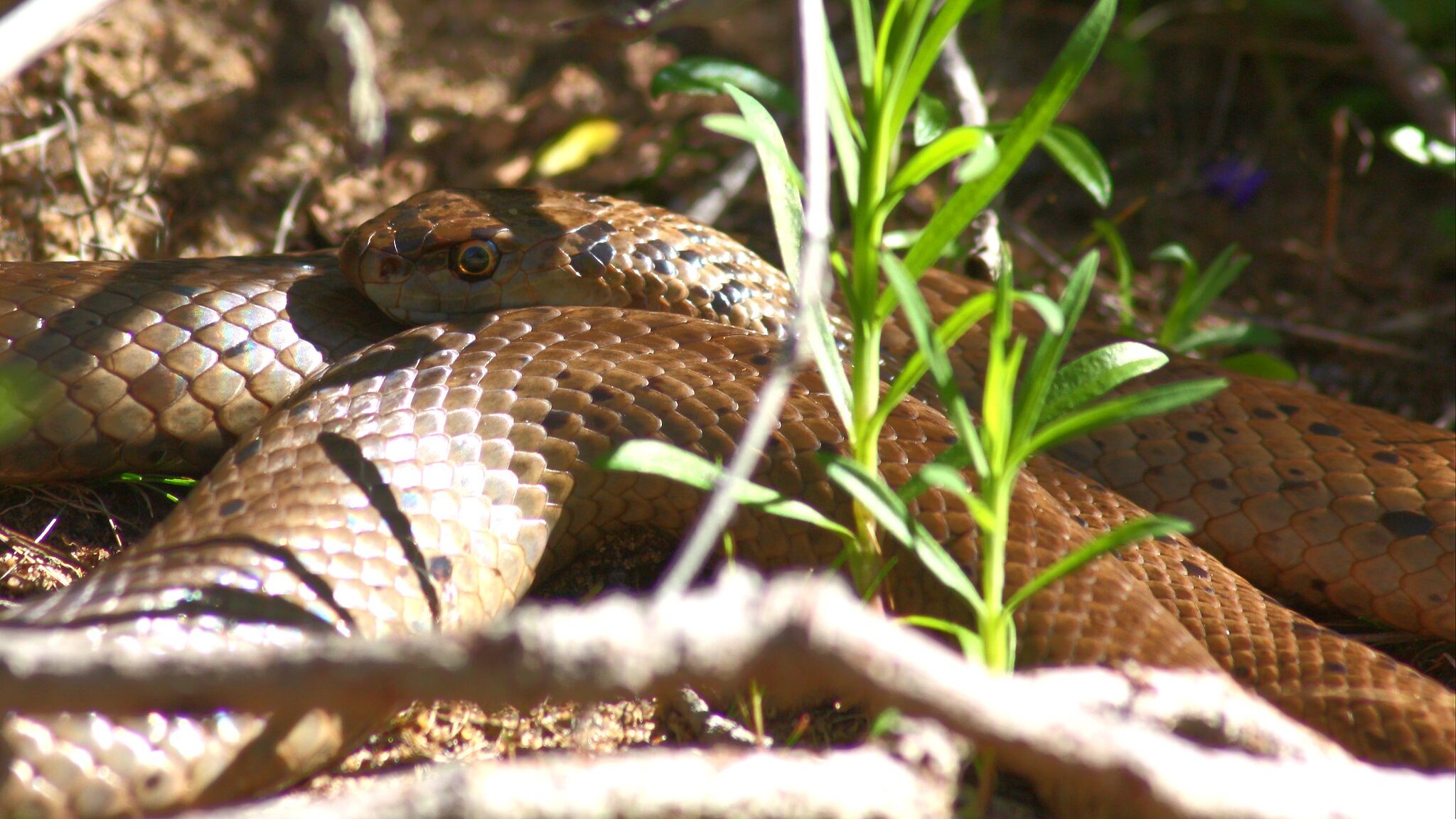
There are three subspecies of dugite. The mainland subspecies is the common dugite (Pseudonaja affinis affinis), with two smaller island subspecies being the Rottnest Island dugite (Pseudonaja affinis exilis) and the Recherche Archipelago dugite (P. a. tanneri). All belong to the brown snake family, are similar in appearance, and can grow up to two metres in length.
All three subspecies have long, slender bodies and range in colour from brown to olive brown to brownish grey. The mainland subspecies have dark grey to black spotting with eastern and southern reptiles usually more heavily spotted, so much so that they sometimes become totally dark. With a pale yellow or olive belly, the dugite has a small head compared to its neck and it blends gradually into the body which is a distinguishable feature of this brown snake.
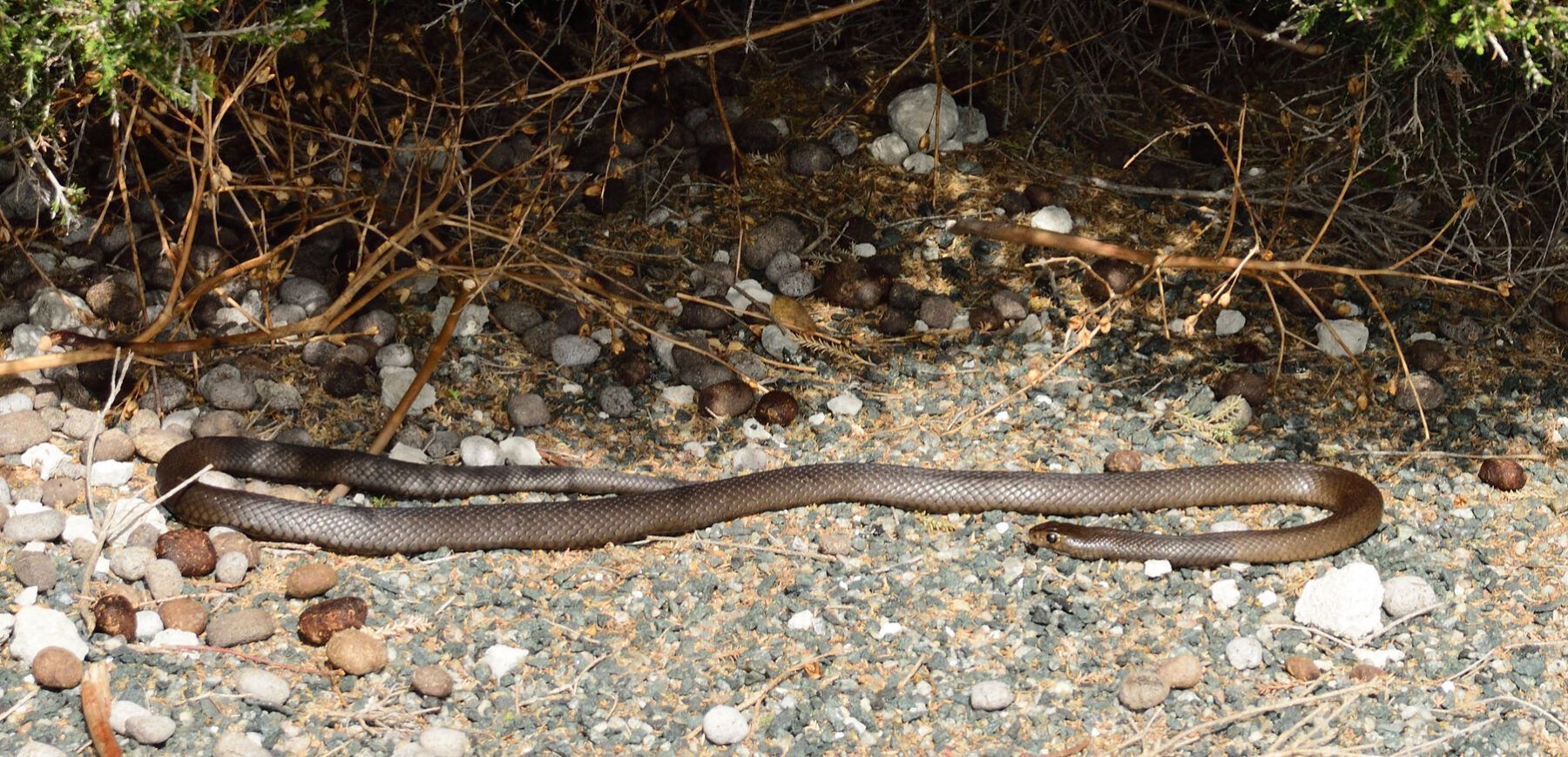
The dugite makes its home in southern Western Australia and western coastal South Australia. This brown snake can also be found on several offshore islands including Boxer Island and the Figure Eight Island in the Recherche Archipelago as well as Rottnest Island.
Dugites live in a wide range of habitats including coastal dunes, heathlands, scrublands, and woodlands, but tend to prefer sandy areas. More urban spaces that have been degraded also make an attractive habitat for these shy reptiles, with golf courses, industrial parks and agricultural country among areas listed as potential home environments. The dugite has become more common in populated areas especially around Perth, with access to a ready food source in the form of the house mouse a drawcard for this diurnal reptile.
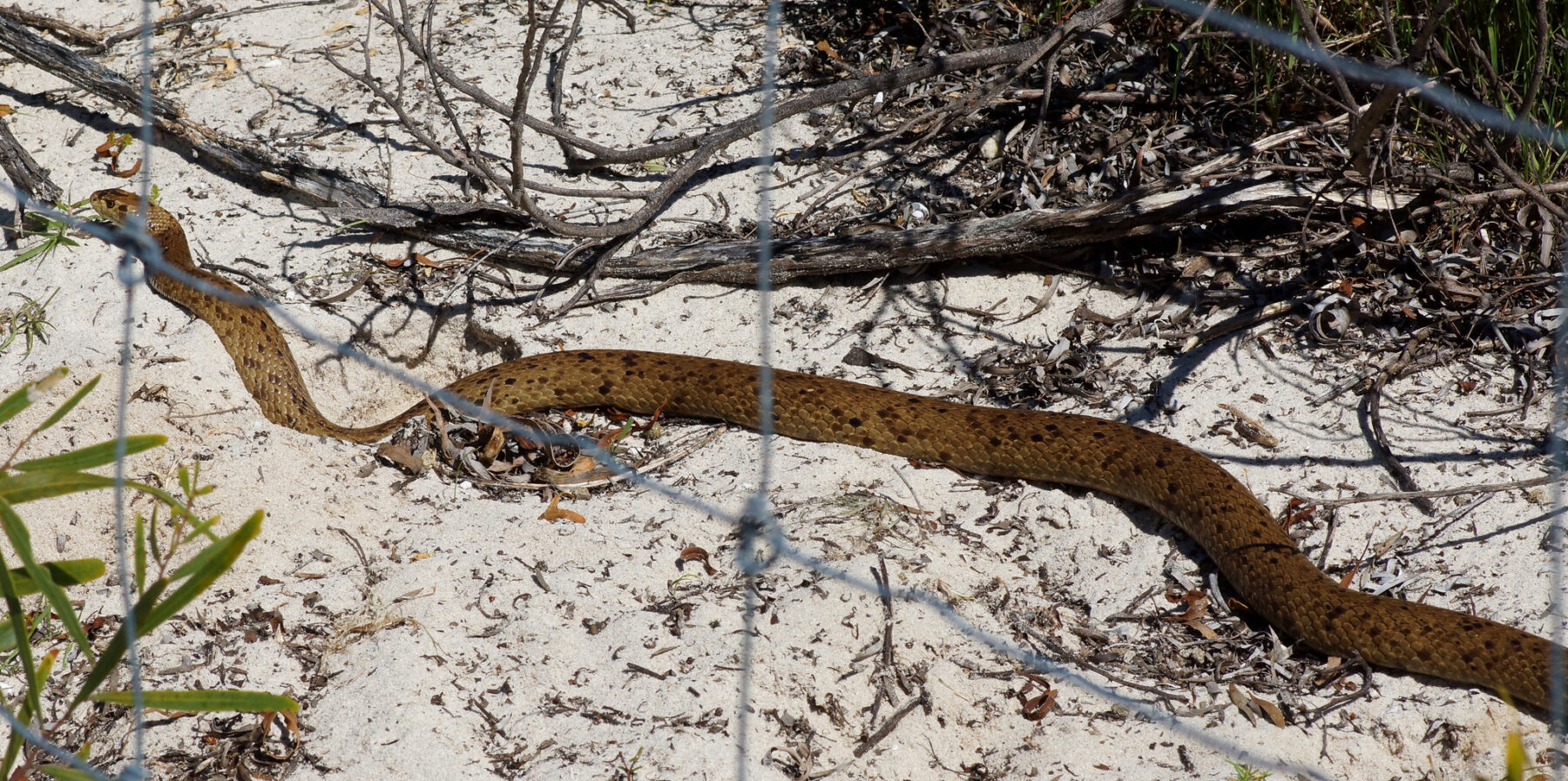
Dugites will find shelter under a range of materials including industrial rubbish and building supplies such as concrete and roof materials, but prefer rocks, abandoned rabbit and rodent burrows as well as empty termite nests in the natural world. If you stumble across one of these snakes, they are usually shy in temperament and will often slither away however, if they feel cornered or under threat, they will defend themselves.
Active during the day, the dugite usually takes advantage of the morning hours to actively search for prey, and sometimes during the afternoon. Hunting frogs, lizards, snakes, birds, and small mammals that may be hiding in holes, crevices, in grasses and under debris, the dugite is also known to be cannibalistic and can swallow a snake almost as large as itself.
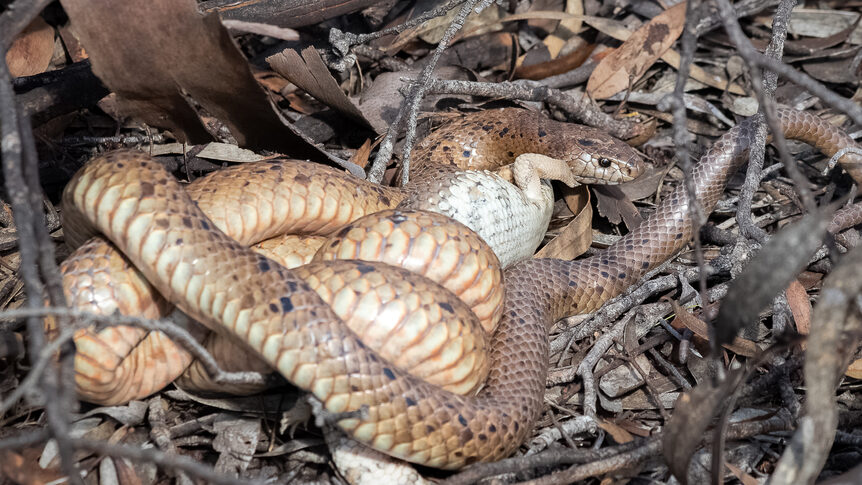
Laying eggs from late spring to mid-summer, the mainland dugite produces an average clutch size of 21 eggs. Temperature dependant, eggs take between 53 and 105 days to hatch.
Considered highly dangerous to humans, just one drop of venom from this Western Australian native snake can clot the blood and kill within hours. Although naturally shy, the dugite can become easily agitated if confronted and is responsible for around 70% of snake bites reporting to Perth hospitals, although prompt medical attention and antivenom has prevented deaths, with only one recorded fatality.






